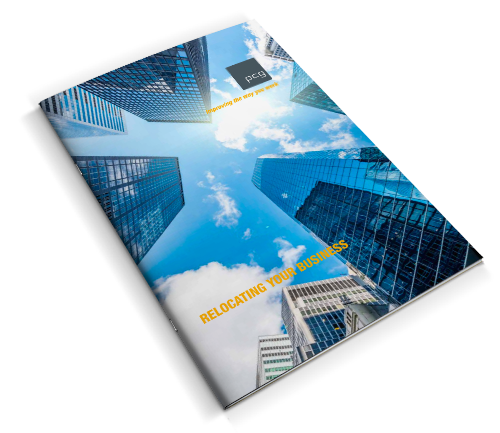With energy costs in Australia rising and a focus on reducing greenhouse gas emissions, commercial office building owners and tenants can start taking steps now to reduce their energy consumption rates and costs.
Tenant’s should not feel they are at the mercy of the what the lessor has on offer. With professional advice and Tenant Representation, every tenant can dictate terms and request certain energy efficient measures to be embedded in their lease.
We have compiled the following list of pre-lease and design considerations that will reduce office energy costs for every tenant.
It’s been said that, ‘in Australia commercial office buildings have the highest energy savings potential compared to other commercial buildings1, using technologies that are known and widely available today2.’
Tenant considerations from PCG on how to reduce energy costs:
1. How are you paying for energy use?
Typically, a tenant would pay for the lighting and power in the tenancy space. Often, but not always, the base building AC energy use will be paid for by the lessor.
2. How is the lighting controlled?
BCA Section J (Building Code of Australia energy efficiency requirements) no longer (some minor exceptions) permits lighting than can be left on 24 hours. To overcome this, motion sensors can be installed in irregularly occupied spaces and time clocks for regularly occupied spaces. Some care should be taken with the use of motion sensors as occasionally users find that lighting that switches off automatically during occupied hours can be annoying.
3. What type of lighting is being used? 
We have gone a long way from relatively inefficient T8 type lighting (fluorescent tubes) and are almost past using the more efficient T5 lighting. LED lighting that is more efficient than the former and (provided they are quality fittings) will typically last beyond the life span of an average tenancy fitout. A prospective tenant should review the lighting proposed by the lessor and consider whether an improvement can be made.
4. What electronic equipment do you really need?
In terms of powered items such as copiers and multi-function devices consideration should be given to whether the device is “right for your needs?” Some consideration should be given about the devices and whether they are high or low power usage and what their consumption is when on standby.
5. Can timers be set on water units?
Simple actions such as ensuring timers are set up for boiling/chilled water units ensures they aren’t boiling and chilling water throughout the night and weekend which will reduce consumption.
6. Is supplementary AC needed?
Supplementary AC is typically used to cater for higher heat load and/or population loads in areas of a workplace. Before supplementary air is included in a design, consider the desire to ensure the space is comfortable, the statutory requirements that must be met, and how often and for how long the space will have excess loading. (i.e. while there may be an excessive number of workstation points in an open plan zone, consider if all seats are occupied all day.)
7. How is supplementary AC controlled?
Ensure supplementary AC is not fighting the house AC (i.e. one system cools while the other is heating to overcome the cooling of the other). If the AC is for a meeting room, provide a timer that shuts off the AC after a set amount of time. Also, train staff to only use the AC if needed (i.e. if a 20-person meeting room with supplementary AC only has 5 people in it, don’t switch on the AC.)
8. What habits can be changed?
Lastly, be aware of what’s being consumed. Turn appliances off rather than going into sleep mode.
Acknowledgements:
PCG wish to acknowledge the contribution of Peter Morton, Director of VOS Group to the compilation of this blog.
1. Australian Carbon Trust Report: 'Commercial buildings emissions reduction opportunities', ClimateWorks Australia, 2010
2. The pathway to energy efficiency: 'Unlocking trapped energy efficiency in the buildings sector', The Allen Consulting Group, 2012









Share your thoughts